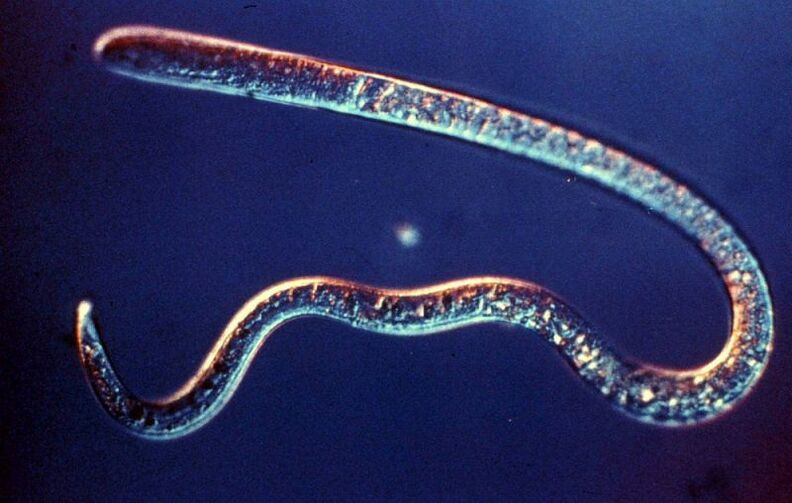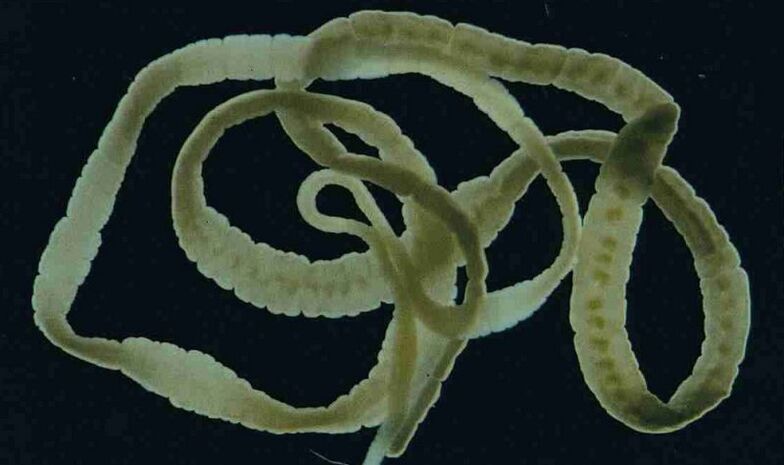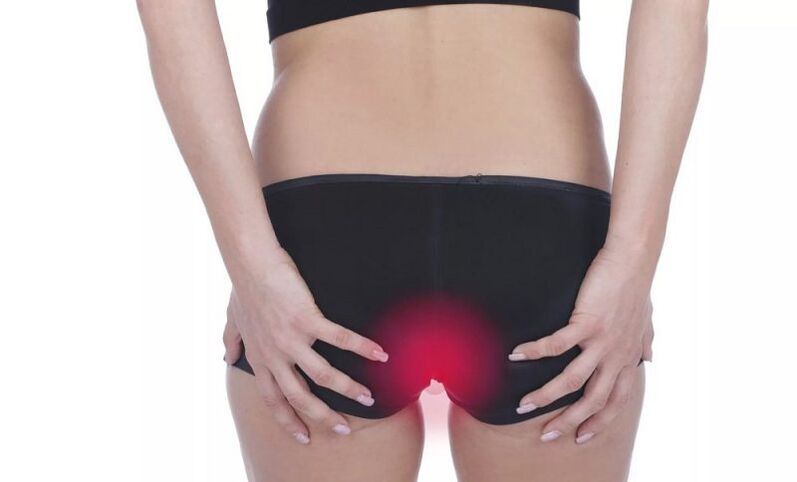Even though development doesn’t stop, everything in the world is modernized and renewed, people haven’t learned how to overcome helminths. They have not declined even after new and effective drugs.
Each of the 250 parasites known to mankind in its own way negatively affects human health, causing a variety of diseases whose symptoms are unique to them.
Classification

In order to make it at least a little easier to deal with these parasites, people have coped with their study. There are several types of worms with similar characteristics and external data.
The first type includes roundworms. The second combines flatworms, which include tapeworms and nematodes.
The worms are:
- Contact;
- Biohelminthic;
- Geohelminthic.
This classification depends on the method of their introduction into the body and the sites of distribution.
Biohelminths
These are bovine and porcine tapeworms, echtnococci, cestodes and trematodes. In order for their entire life cycle to expire, these parasites need to change more hosts. They can infect insects, molluscs, crustaceans, fish, and humans, which eventually become carriers of worms.
Geohelminths
These parasites are:
- Ascaris;
- Vlasoglava;
- hookworms;
- Necators;
Such parasites do not require an intermediate host for normal development.
Contact
This group includes the fungal worms that cause people to enter enterobiasis and the dwarf tapeworms that cause hymenolepiasis.
How can you get infected with worms?

- Organic samples are ingested due to ingestion of improperly processed pork and beef.
- In lightly salted or raw fish, a broad tapeworm or opisthorchis can lurk, as river waters and lakes are rich in the parasitic larvae that inhabit them. Holidaymakers often make fatal mistakes when drinking, washing dishes or washing vegetables with such water.
- Geohelms, or rather their larvae, are in the soil for a while and get there with the feces of infected people and animals. The new owner will not wait long. Many do not wash their hands after working outdoors or on the ground.
- Helminthiasis can join a completely healthy person after contact with an infected person if there are many dusty parasite wallpapers in the air, through dishes and household items.
Where do worms settle in humans?
Most adult worms often colonize the colon. Needle and whipworms also find refuge there. Clonorchis, oporchis, fasciola are often observed in the liver. Each belongs to the trematodes.
They cause irreparable damage to the bile ducts and liver, forming echinococcus cysts from which the worms scatter after rupture.
Common worms

The most common worms in humans are:
- Ascaris (causes ascariasis);
- Broad tapeworm (causes diphyllobothriasis);
- Pinworms (enterobiasis).
Patients in the vicinity of such parasites have hypovitaminosis, anemia, and other disorders in the body.
- Ascariasis can occur in one person after eating dirty vegetables and fruits.
- Diphyllobothriasis is caused by poorly cooked fish and caviar.
- Enterobiasis occurs after contact with infected people.
The development of worms in the acute stage lasts 15-65 days, the course of chronic worm infection lasts 35-65 days after the acute stage. Due to the presence of helminth samples in the organs, both the organs and nearby tissues are compressed and mechanically damaged.
The transition from helminthic invasion to chronic form results in a decrease in immunity, leading to fungal, viral and bacterial diseases. Often, helminthic invasion becomes the cause of cancer.
Signs of worms in adults

The symptoms usually depend on which worm has attacked the body. Every helminthic invasion has certain signs.
Ascariasis
Ascaris infection is characterized by the following symptoms:
- Skin rashes;
- Nausea accompanied by abdominal pain;
- Decreased appetite
- Increased proportion of eosonophils.
Prolonged residence in the body of ascaris can lead to peritonitis, appendicitis, and intestinal obstruction.
Diphyllobothriasis
This helminthic invasion is often accompanied by the following symptoms:
- Nausea;
- Stool problems;
- Isolation of parasite fragments;
- Abdominal pain;
- Sharp weight loss.
Subsequently, people develop severe anemia due to a lack of protein, iron and B vitamins.
Enterobiasis

This disease is accompanied by:
- Itching in the anus, which can often lead to dermatitis;
- Abdominal pain of unknown origin;
Considering the general symptoms of helminthic invasion, it manifests itself as follows:
- There are incomprehensible, itchy rashes for no apparent reason;
- Locations of parasite localization swell;
- There is a cough without signs of a cold, with suffocating seizures;
- Fever problems;
- Regional lymph nodes were enlarged;
- Weakness and fatigue are observed;
- Serious diseases occur - allergic myocarditis, meningoencephalitis, pneumonia, hepatitis;
- The lymph nodes are affected;
- There is blood in the urine;
- Stool disturbance, bloating and blood contamination can be observed in the stool.
Treatment of worms in adults
Worms should be treated in humans under the strict supervision and control of the treating physician. This applies to both children and adults. The slightest deviation from the dose of the drug can lead to serious consequences.
There are certain medications for all types of parasites:
- Formulations containing mebendazole can neutralize and kill trichocephalosis and enterobiasis.
- Medicines containing levomizole fight hookworm, tapeworm, nekator, toxoplasma, tapeworm.
Folk remedies

In adults, worms can be cured and neutralized using traditional methods. Pumpkin seeds are the most effective. There is nothing complicated about the recipe.
You should take the following ingredients:
- 100 g peeled pumpkin seeds;
- 100 g of water;
- 2 tablespoons. l honey;
All this should be mixed thoroughly and beaten into a porridge. This mixture is consumed on an empty stomach 1 tbsp. spoon per hour. You should then make a cleansing enema by adding garlic and taking a laxative.
Under no circumstances should you self-heal. Your doctor will tell you how to treat the worms effectively. It prescribes the correct dosage, the necessary diet, and maintenance medications after the parasites have been expelled. No need to panic and hiss. We better get together and defeat this evil as soon as possible.
Prophylaxis

Not much is needed to avoid a helminthic invasion. Just follow some tips and recommendations from parasitologists:
- Lead a healthy lifestyle.
- Use only clean water, individual household items.
- Monitor the health of your pets while taking measures to prevent their helminthic infection.
- Eat only clean foods.
- Perform thorough heat treatment of meat and fish.
- To prevent worms, take medication against the worms, especially if you have a four-legged pet at home.
- Try to use lightly salted fish and its caviar as infrequently as possible, and it is better to completely exclude them from your diet.
























